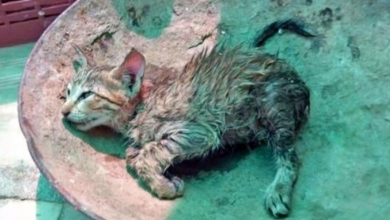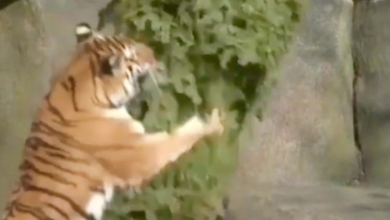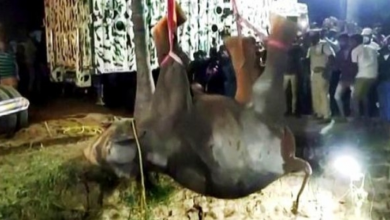49 Million-year-old Beetle is Perfectly Preserved in Stone
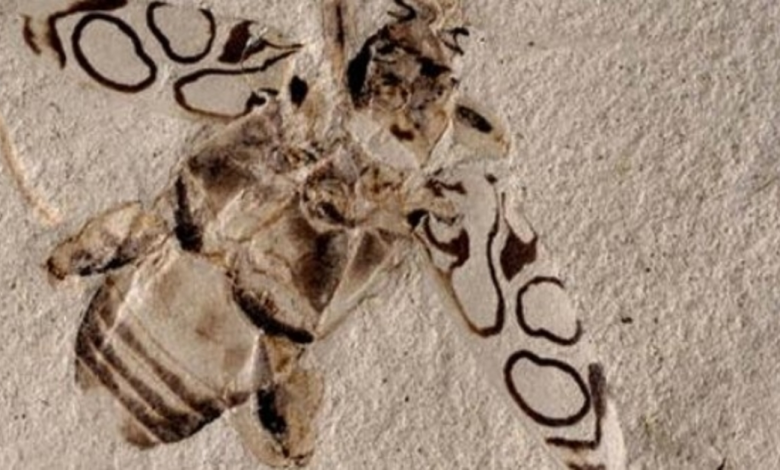
A primitive beetle’s remains have been lately unearthed. The remains are also completely fossilized. In fact, the remains are recent. The fossilization is an outstanding marvel of nature. As well as, even its wing pattern is clear! In addition, wings are just one of the beetle’s greatest parts.

The beetle’s scientific name pays homage to Sir David Attenborough. He is a prominent conservationist. Moreover, he is likewise an influential TV number. It even includes the real color of the beetle. Moving on, the beetle goes back to the Cenozoic era. This is 55.8 million to 33.9 million years ago! Live Scientific research reports these truths.
The beetle was first identified as a long-horned beetle. The researchers placed the insect in this group. However, this positioning was challenging. The beetle’s body caused some discussion in the clinical neighborhood. Frank-Thorsten Krell doubted the beetle’s appearances. He claimed the beetle may come from a various bug team. This was largely because some functions did not add up. Consequently, it needed to be in a various group.
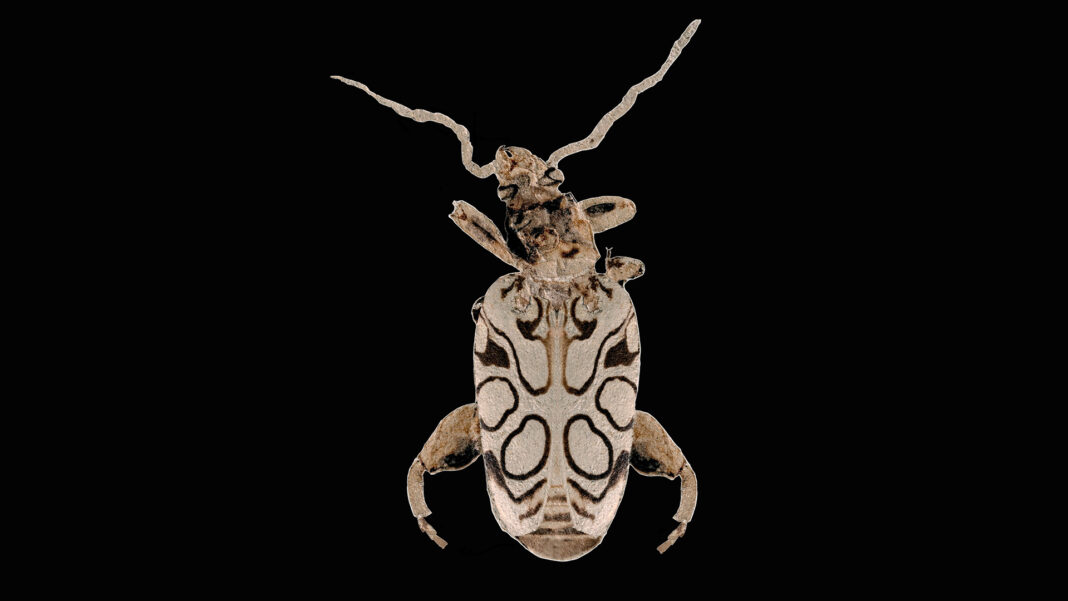
Frank-Thorsten is leading a new research associating with the beetle. The research creates a new category for the beetle. Powerful back legs are the key function of this brand-new category. Hence, they are called frog-legged leaf beetles. This is the 2nd beetle found. Naturally, this is in North America alone.
In addition, the researchers have validated that these beetles are vanished. They utilized to live 50 million years earlier. They had the ability to locate this out with the beetle’s wing pattern. In addition, the exploration sheds much more light on the Cenozoic era pests. They most likely had vibrant wing patterns like the one seen on the beetle.
Forbes makes another intriguing claim. It declares the fossilization of a whole beetle is hard. The claim says that beetles generally break down as soon as they fall in the water. The beetle’s best preservation requires “fine-grain sediment”. Moreover, it also requires the ideal conditions. Primitive life is genuinely exceptional! What extra treasures does nature have for us?


